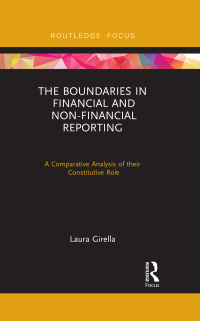Waterways Continuing Problem 8 a1, b1, C When Waterways' management met to review the year-end financial statements, the room was filled with excitement. Sales had been exceptional during the year and every department had exceeded the budget and last year's sales totals. Several years ago, Waterways had implemented a bonus system based on percentage of sales over budget, and the managers were expecting healthy cheques at the end of the year. Yet the plant manager, Ryan Smith, was stunned into silence when he read the bottom line on the income statement for manufacturing operations. It was showing a loss! He immediately approached the CFO asking for an explanation. Ryan wondered, "Why did we go through all that trouble and inconvenience to adopt those cost-cutting measures when they had the opposite effect?" One of those measures was to move toward lean manufacturing. The CFO retrieved the following information with respect to the top-selling line from the manufacturing operations for the past three years. Production on this line began on January 1, 2018. 2018 2019 2020 70,000 60,000 $31 Beginning inventory of finished units Production in units Sales in units Selling price Direct materials Direct labour Variable manufacturing overhead Variable selling and administration Fixed manufacturing overhead Fixed selling and administration 77,000 67,000 $31 4 3 53,900 73,900 $33 5 4 3 5 $539,000 $539,000 $539,000 140,000 140,000 140,000 Waterways uses the absorption-costing method and accounts for inventory using FIFO. Using the information provided, recreate Waterways' statements for this division using condensed, three-year comparative income statements. (Round per unit calculations to 2 decimal places, e.g. 15.25 and final answers to o decimal places, e.g. 125.) WATERWAYS CORPORATION Absorption-Costing Income Statement For the Years Ended December 31 2020 2018 1860000 2019 2077000 Sales $ $ $ 2438700 Cost of Goods Sold Beginning Inventory 197000 380000 Add : Cost of Goods Manufactured 1379000 1463000 1293600 Cost of Goods Available for Sale 1379000 1660000 1673600 Less Ending Inventory 197000 380000 1182000 1280000 1673600 Gross Margin 678000 797000 765100 Selling and Administration Expenses 500000 542000 583000 Operating Income / (Loss) 178000 $ 255000 182100 Using the information provided, prepare condensed, three-year comparative income statements using the variable-costing method. WATERWAYS CORPORATION Variable-Costing Income Statement For the Years Ended December 31 2018 2020 2019 2077000 Sales $ 1860000 $ 2 438700 Variable costs : Cost of Goods Sold Beginning Inventory 197000 380000 Add : Cost of Goods Sold Cost of Goods Available for Sale Less Ending Inventory Selling and Administration Total Variable Costs Contribution Margin Less . Fixed Costs Operating Income / (Loss) Reconcile the variable-costing income with the absorption-costing income calculated in part (a). Reconcile the variable-costing income with the absorption-costing income calculated in part (a). 2018 2019 2020 Variable-costing income Deferred fixed manufacturing overhead Released fixed manufacturing overhead Absorption-costing income LINK TO TEXT LINK TO TEXT LINK TO TEXT LINK TO TEXT LINK TO TEXT Assume that Waterways uses a normal-costing method. The company had budgeted 70,000 units of production for each of the three years. Calculate the volume variance for each year, indicating if it is favourable or unfavourable. 2018 2019 2020 20 Volume variances










